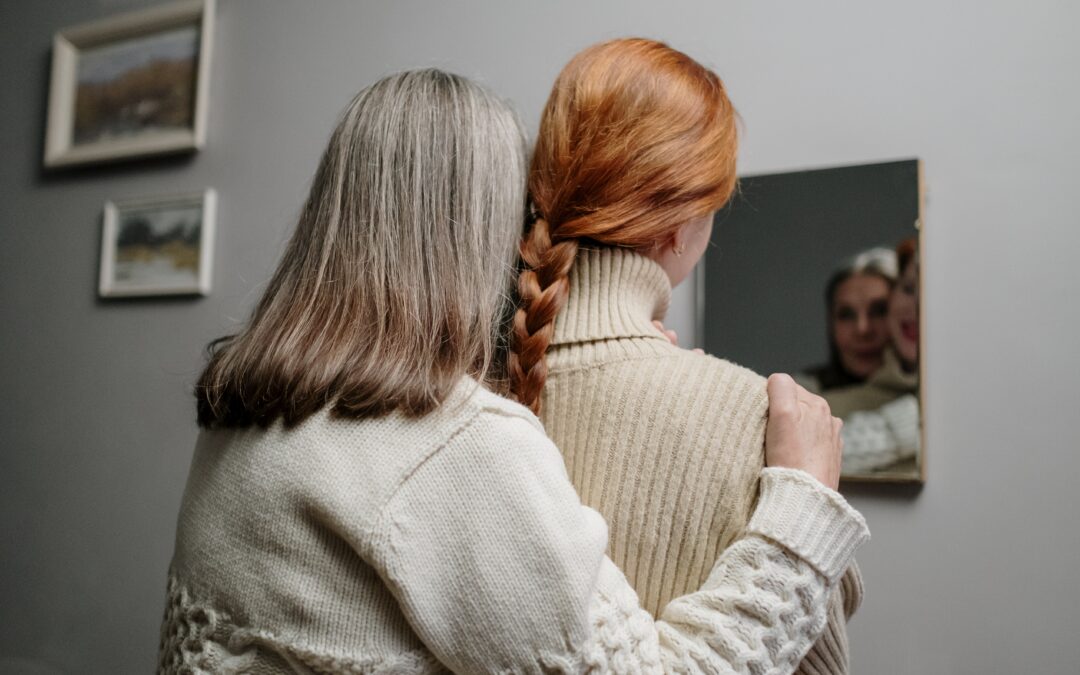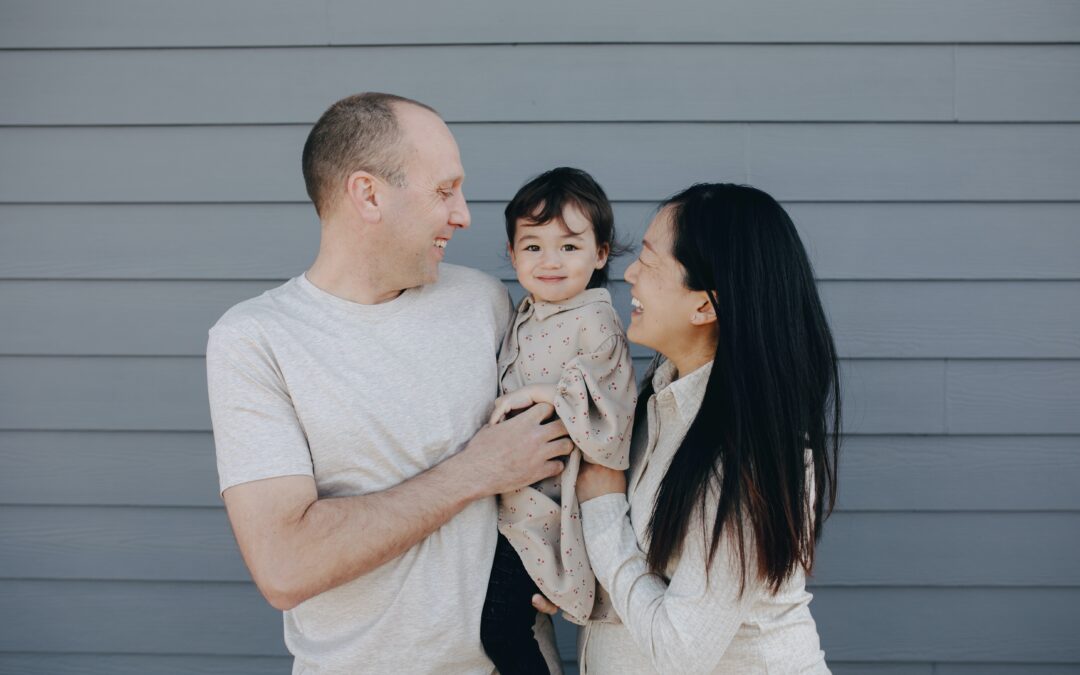We’re so grateful for our students who keep us abreast of on- and off-campus issues regarding relationships. One of our student leaders recently pointed us to an article in the Wall Street Journal on the rise of “co-parenting” subscription sites PollenTree and Modamily, which promise to match “would-be parents who want to share custody of a child without any romantic expectations.” According to the author, “it’s a lot like divorce, without the wedding or the arguments.” Jim Daly from Focus on the Family is cited as saying it is “an affront to marriage,” while practitioners like Jenica Andersen, then 38 and pregnant with her second child, admit that while co-parenting is controversial, the alternative “idealized version of a man and woman falling in love is shortsighted.” Or is it?
Cutting Kids Out of the Equation
Apologists for no-fault divorce, same-sex marriage, polyamory, platonic marriage, and other revisionist ideas of marriage tend to overlook the primary reason marriage existed in the first place: children. Marriage is not simply a vehicle for adults to find sexual or emotional fulfillment, but the formal recognition of a union between man and woman who only together can naturally produce children. Children, because they are the natural issue of the man and woman’s union and are unable to control the circumstances of their birth, benefit immensely from this ongoing union as a source of stability, protection, and identity. It is a special duty of adults with knowledge and agency to defend traditional marriage in the interests of children. As “identity” is increasingly associated with an elastic spectrum of self-definition rather than the bounded givens of body, family, place, community, and custom, children’s need for a grounding identity is more pressing than ever and best secured in the context of marriage.
Lessons from The Parent Trap
Parents, and their relationship with one another, are major sources of identity for children. Just look at the 1998 version of The Parent Trap, where Lindsay Lohan plays identical twin sisters whose parents divorced right after their birth and share split custody. The girls grow up apart from one another in Napa Valley and London respectively, each unaware of the other until age 12, when they meet by chance at a summer camp in Maine. The “parent trap” lovingly refers to the plan these two hatch to reunite their estranged parents: first by swapping identities – with Hallie traveling to London as Annie and Annie traveling to California as Hallie – and then by tricking their parents into meeting again so that they can rekindle their relationship. Bristling at the notion of “his” and “hers” kids, Hallie tells Elizabeth “no offense, Mom, but this arrangement really sucks.” While the girls’ differences in cultural upbringing provide for plenteous comedy, nurture does not completely obliterate nature. For both girls in different ways, the “parent trap” marks a crucial development of personal identity, as their discovery of one another (and their parents’ ultimate reunion) brings a sense of deep wholeness that contextualizes their shared quirks and the things that set them apart from others:
“Hallie: Want one?
Annie: Oh, sure, I love Oreos. At home, I eat them with… I eat them with peanut butter.
Hallie: You do? That is so weird. [takes out a jar of peanut butter].
Hallie: So do I!
Annie: You’re kidding! Most people find that totally disgusting.
Hallie: I know, I don’t get it.
Annie: Me either.”
Avoiding the Co-Parent Trap
The “co-parent” trap pulls vulnerable adults into the misconception that marriage is just an add-on for kids, or that parenting is about adults. Marriage based on self-giving (not idealized) love is far from short-sighted because it foresees and celebrates the unique existence of the child prior to his or her conception. It prioritizes the wholeness of the child’s identity over adult fears, anxieties, and selfishness. A legal contract outlining “parental responsibilities” is not neutral for the child, because social contracts are entirely opposed to the spontaneous exchanges of love a child needs and hopefully witnesses in their parents’ marriage. Let’s avoid the co-parent trap, which perpetuates the lie that children can do without romantic love at its best and encourage healthy marriages where expressions of love are common and visible. If you haven’t seen the Parent Trap, watch it. If you have, watch it again and heed the clarion call to prioritize stable marriages and natural conception for the sake of kids.







